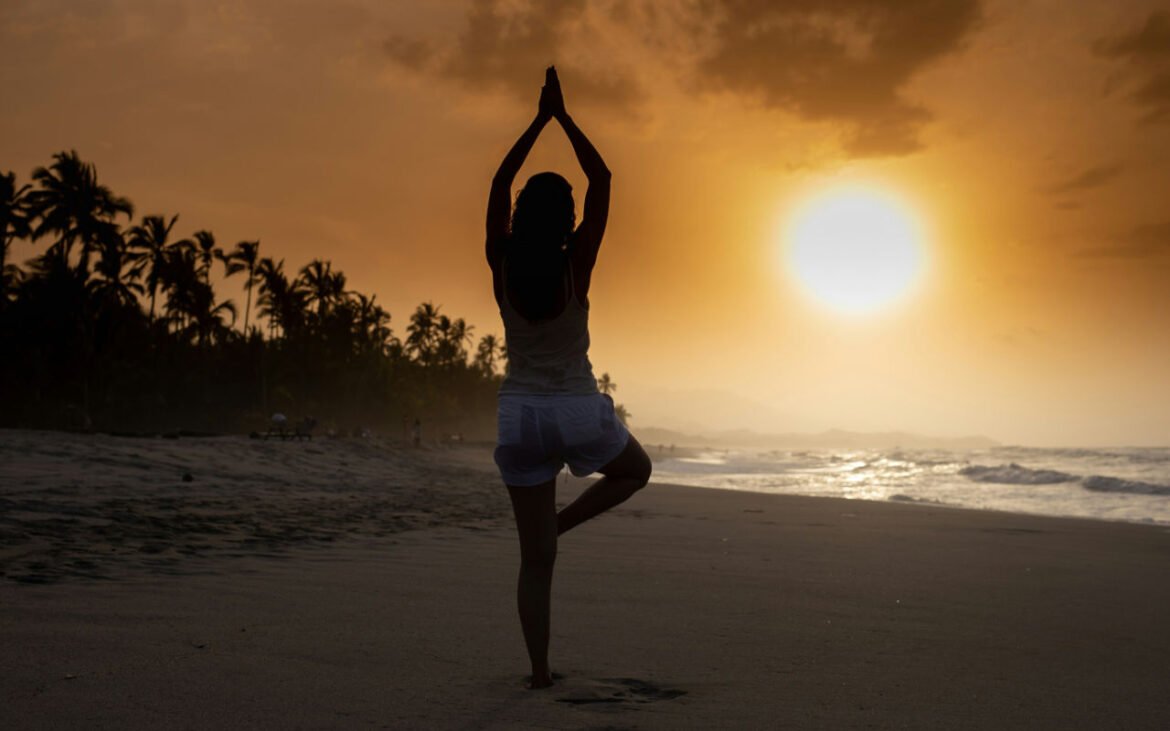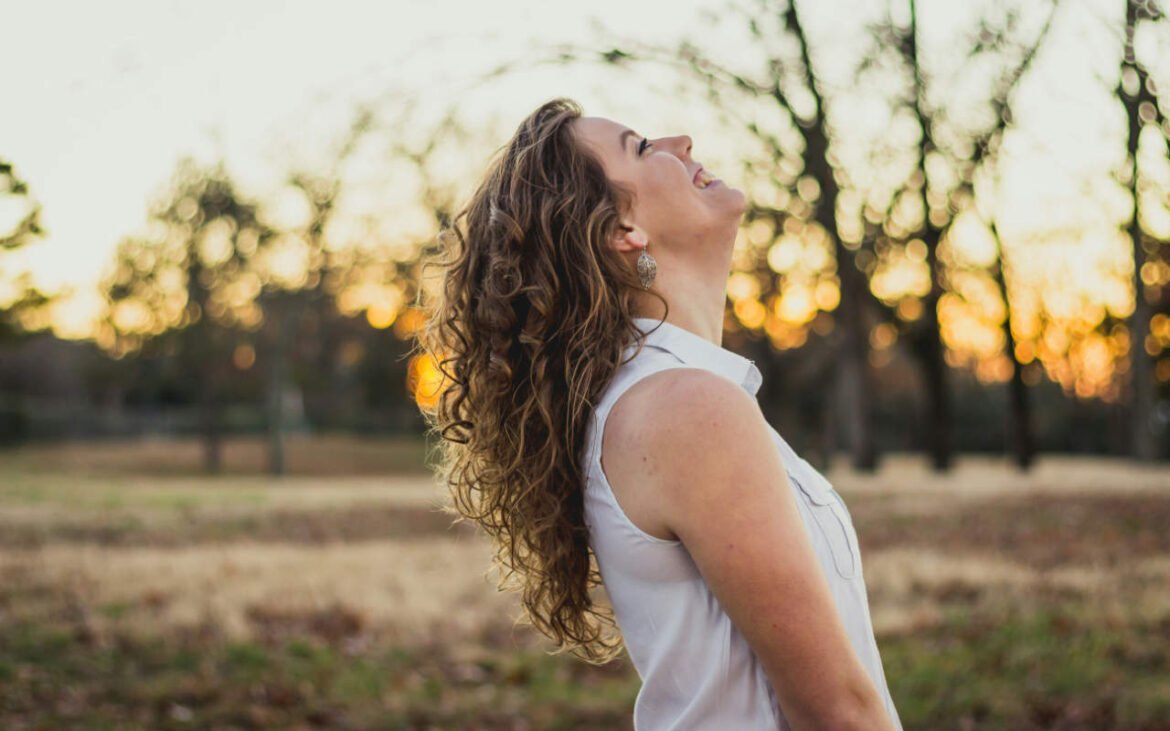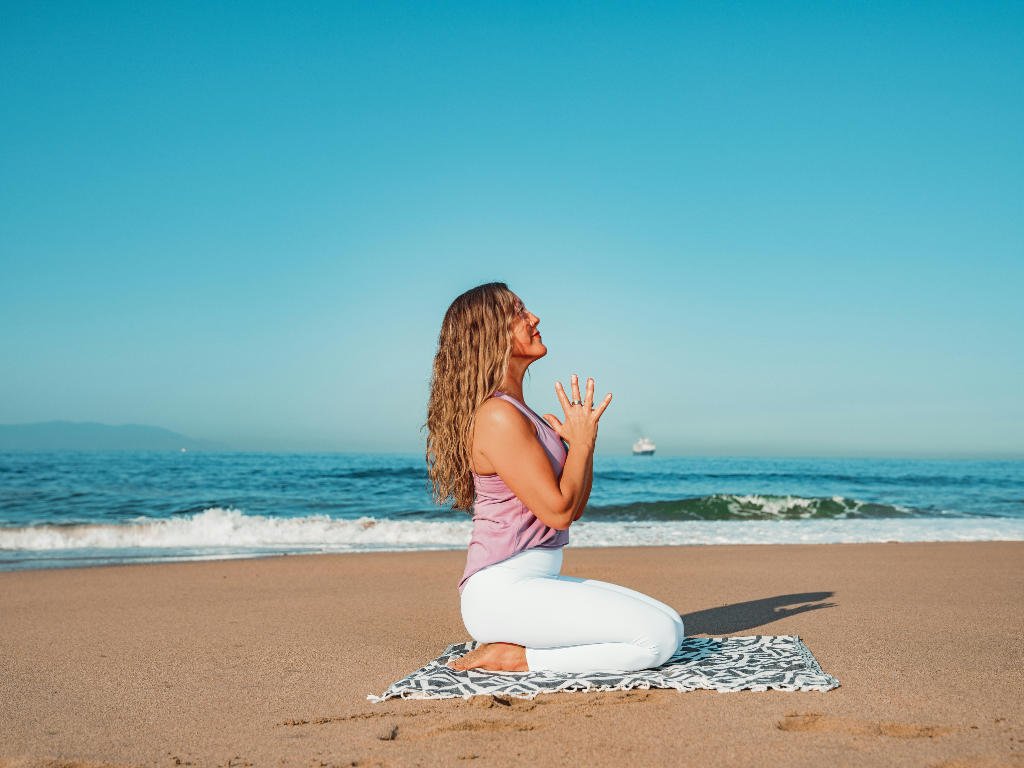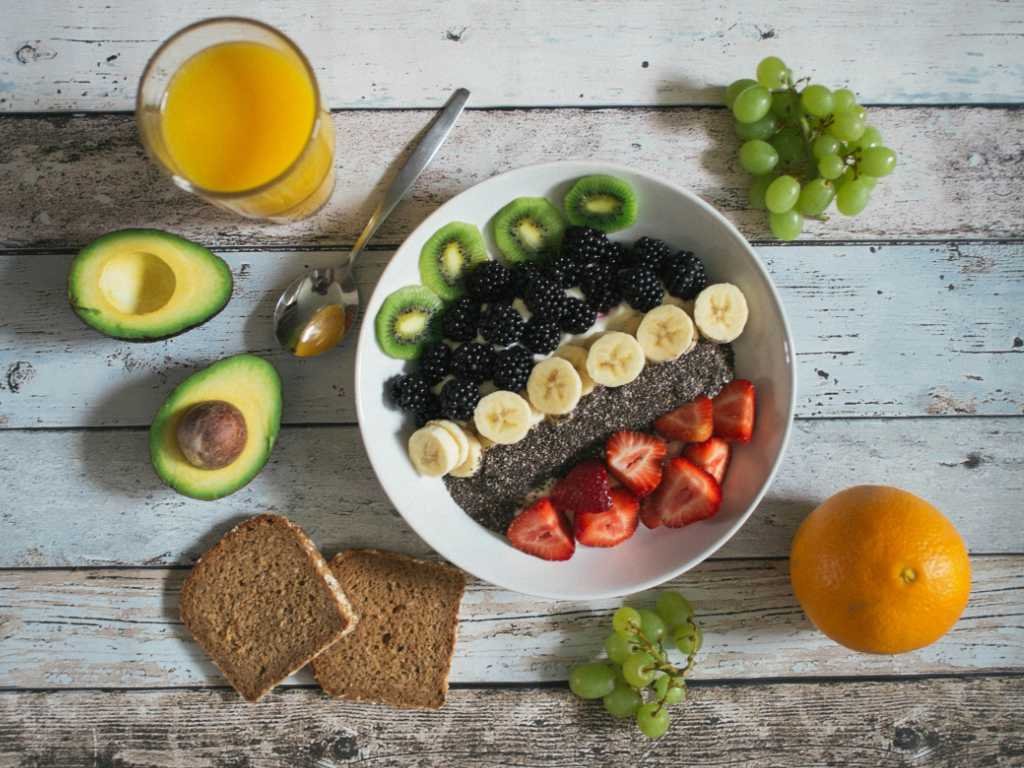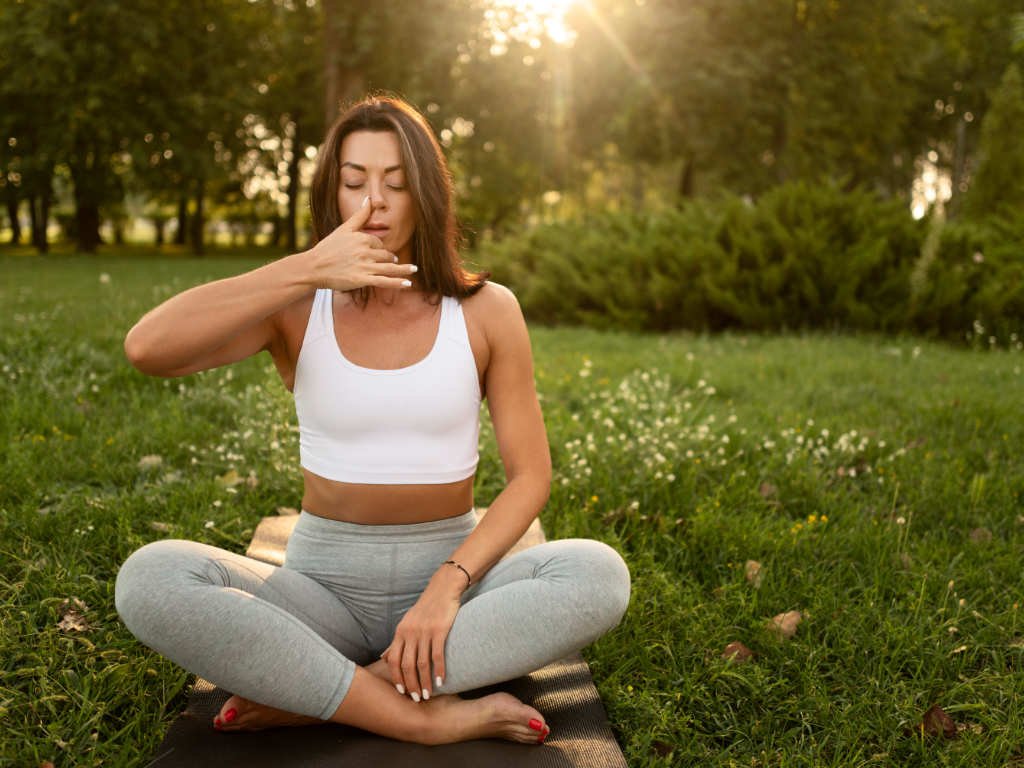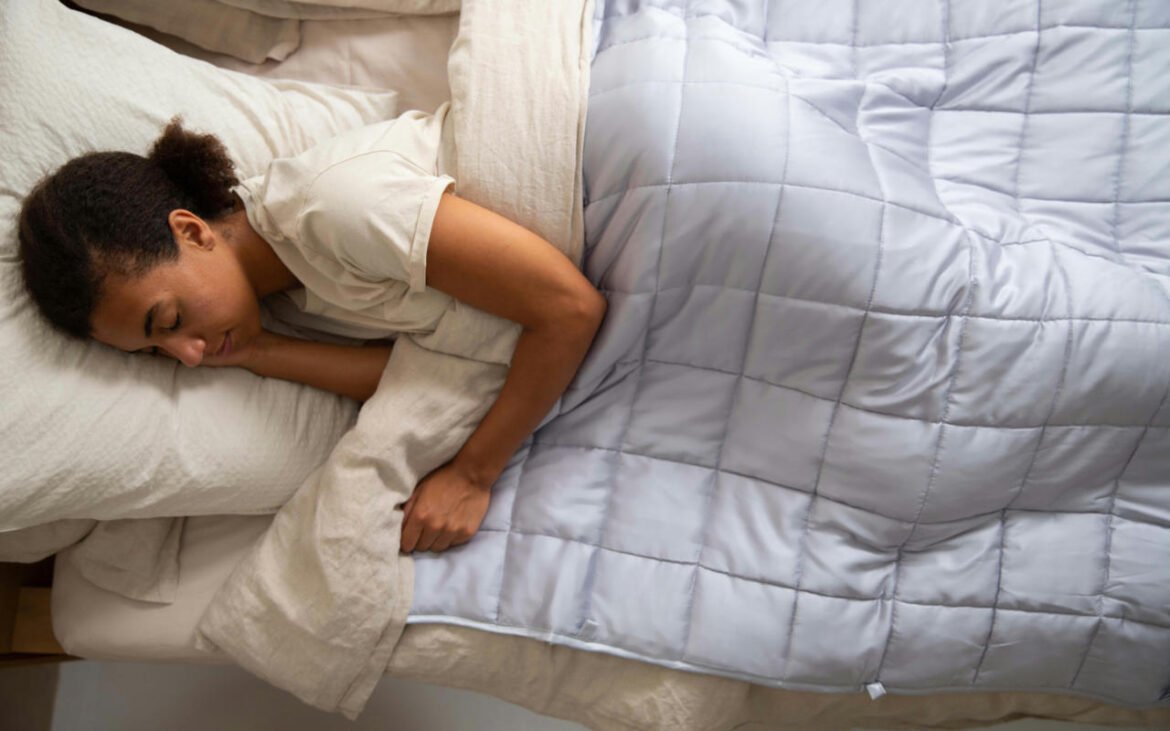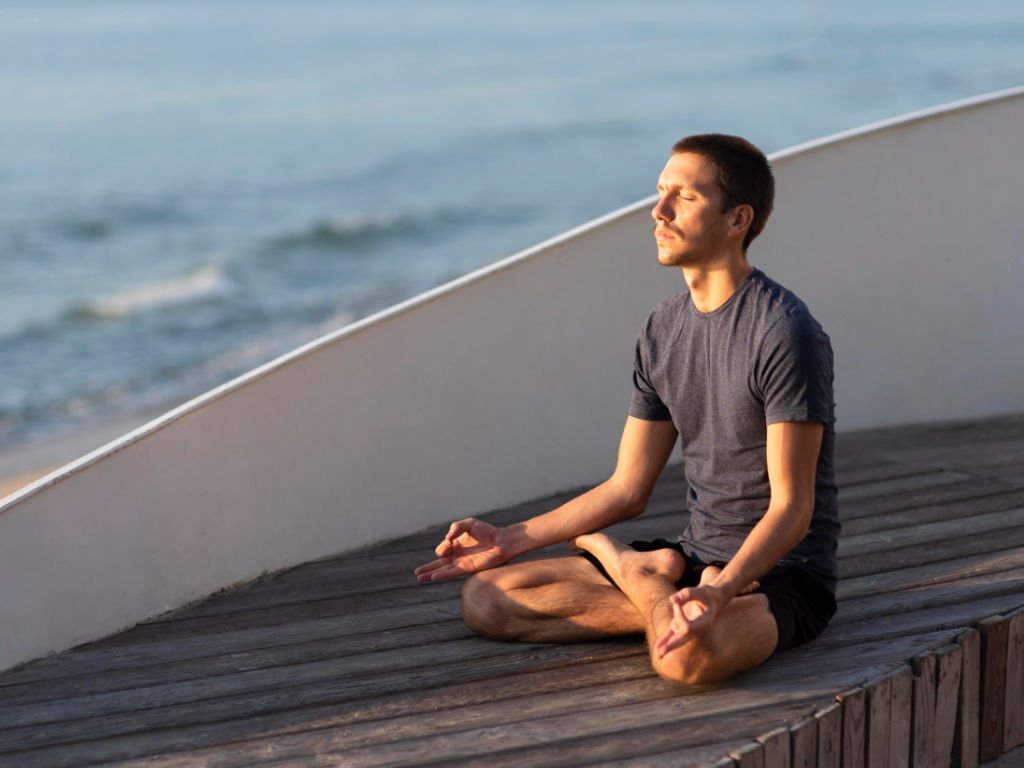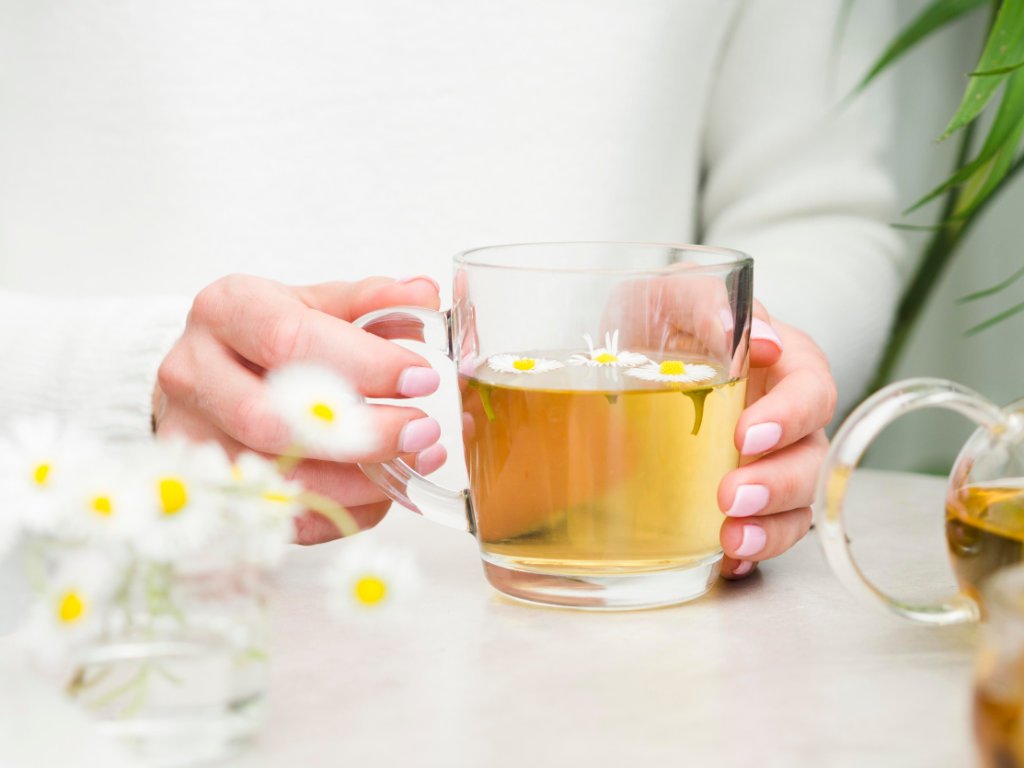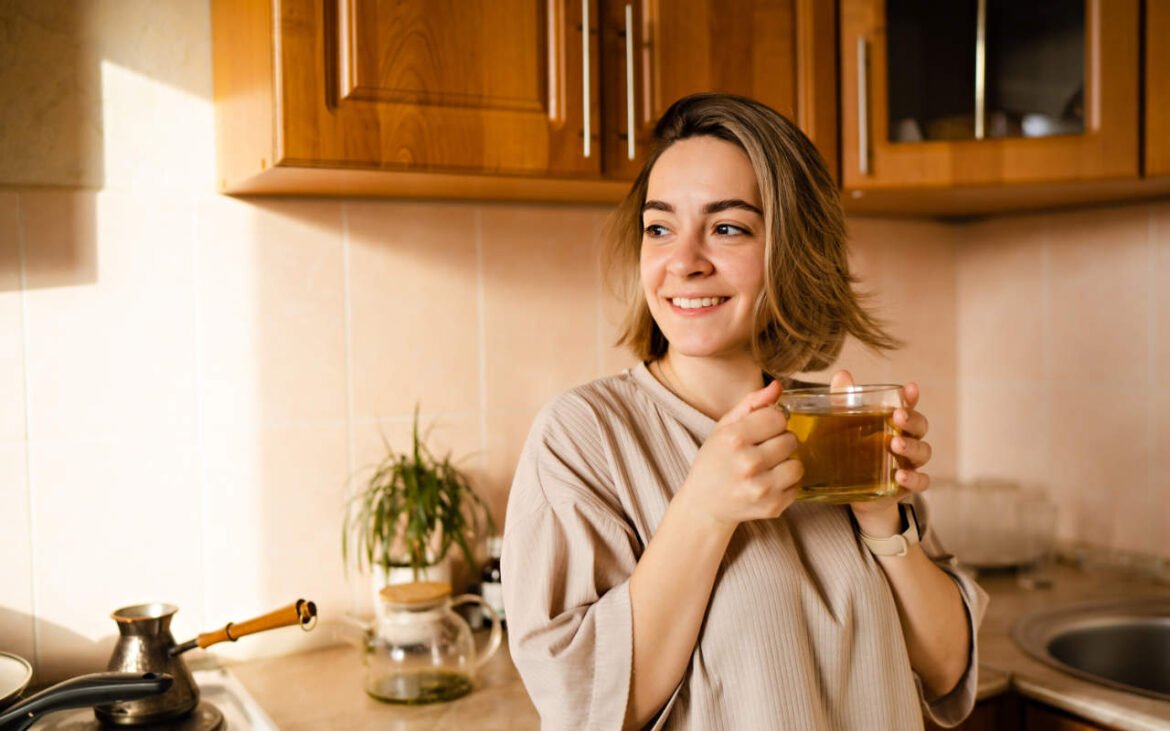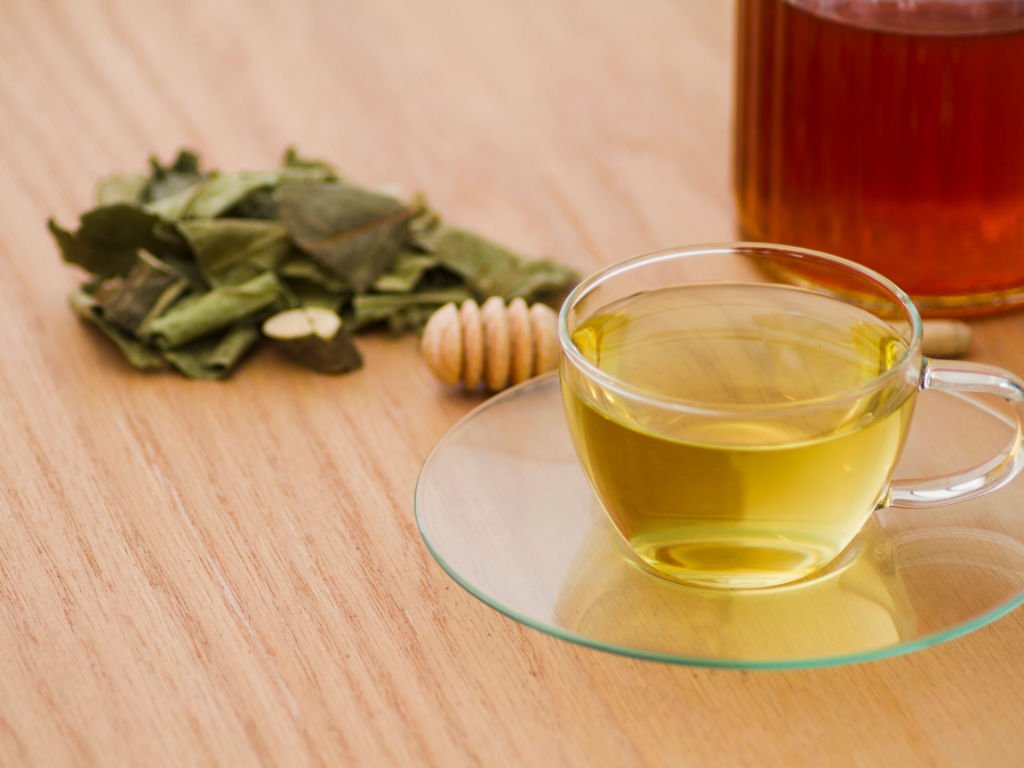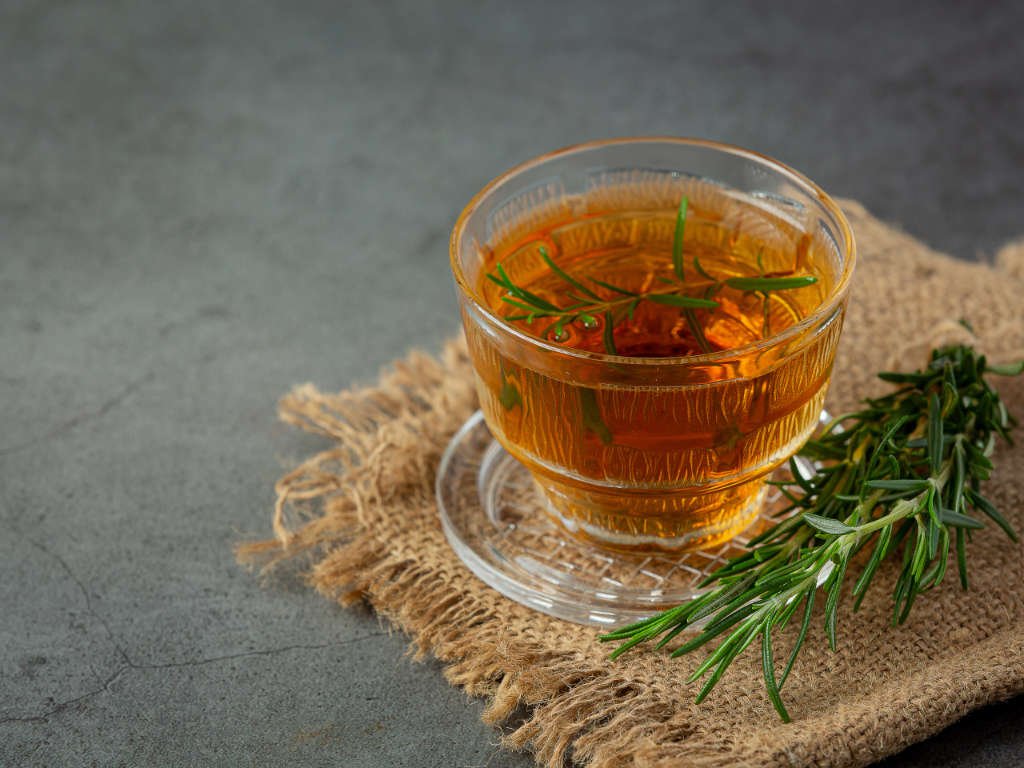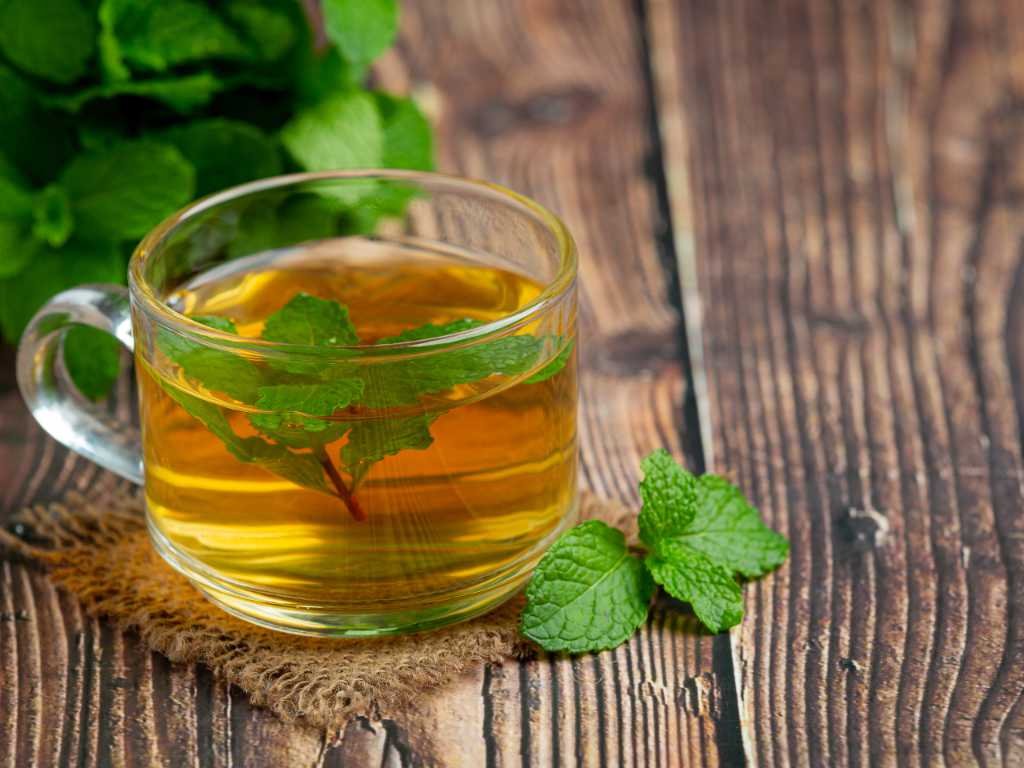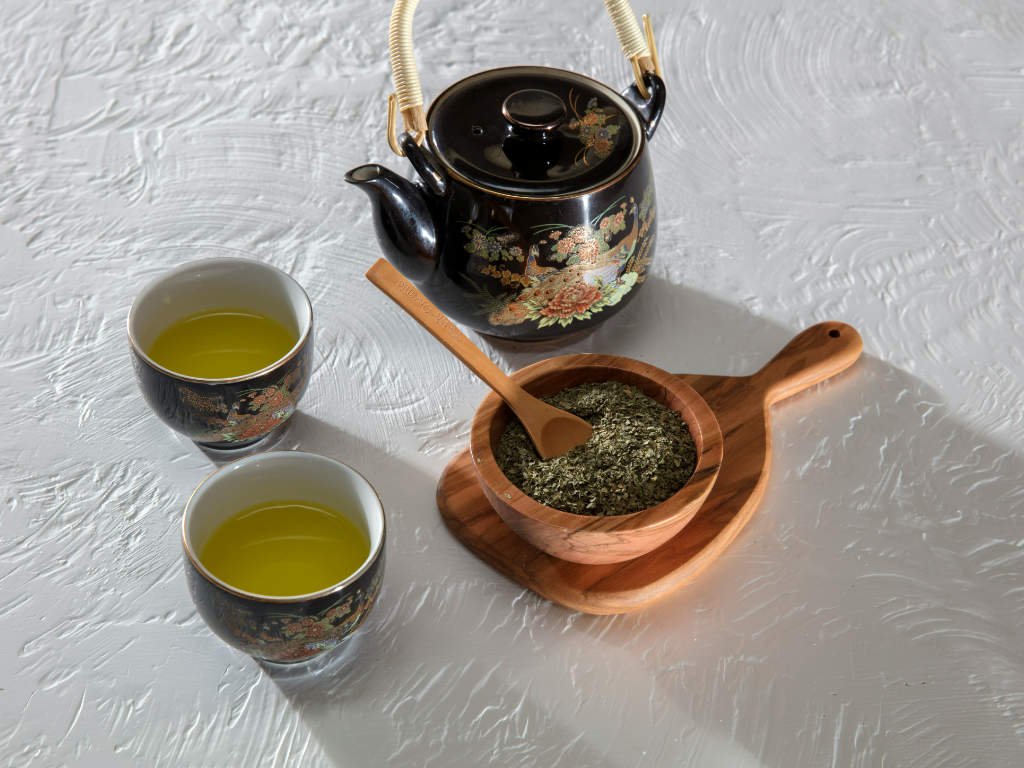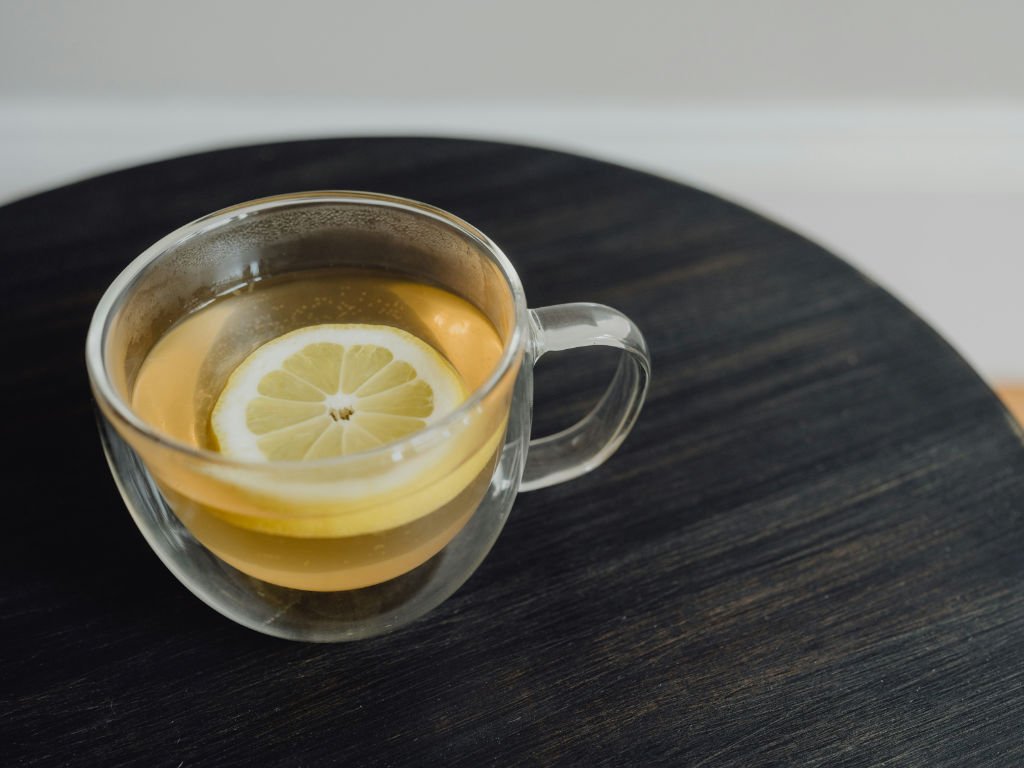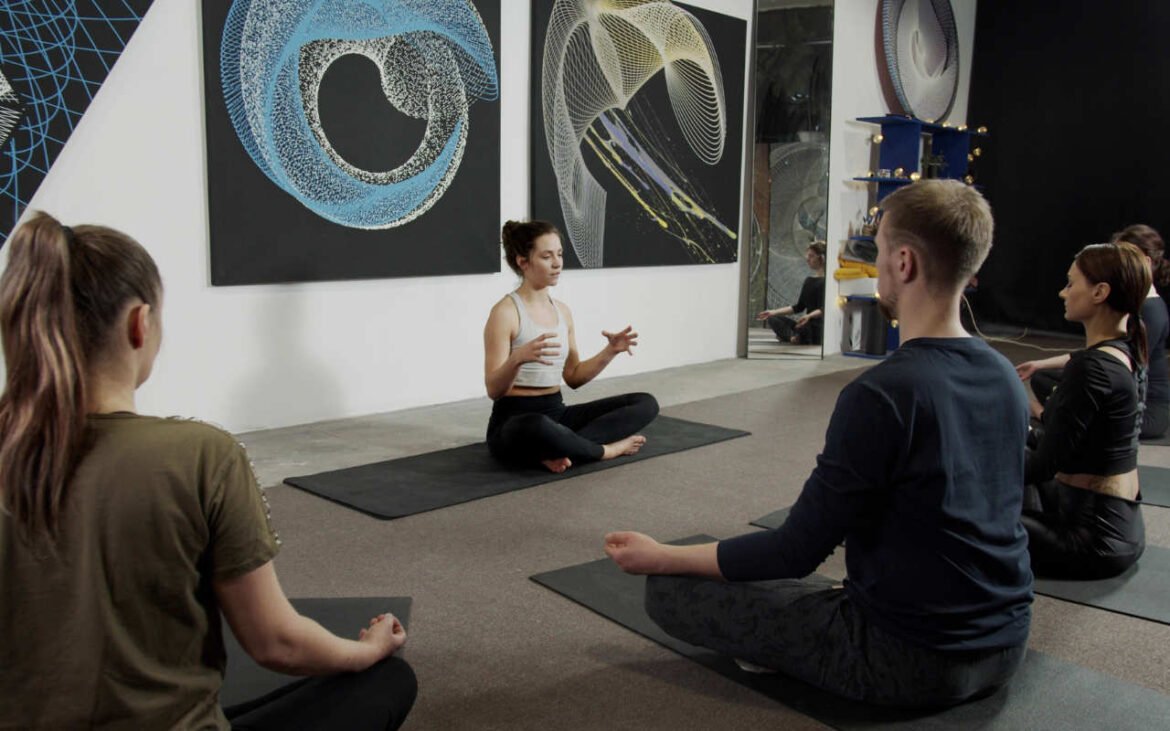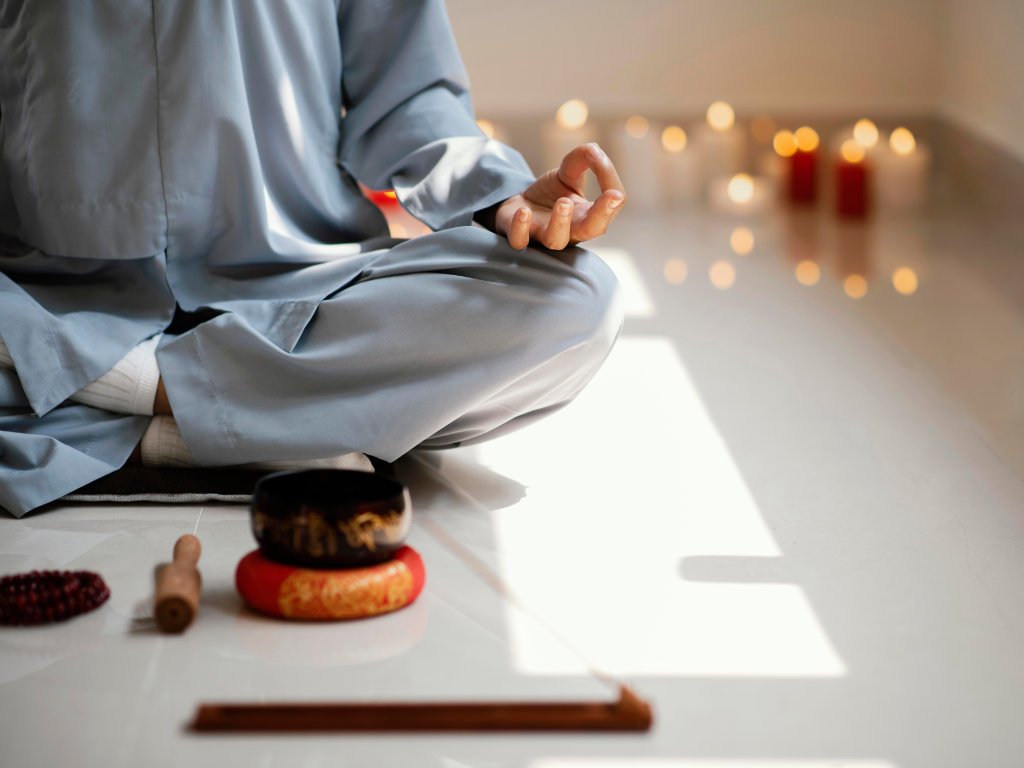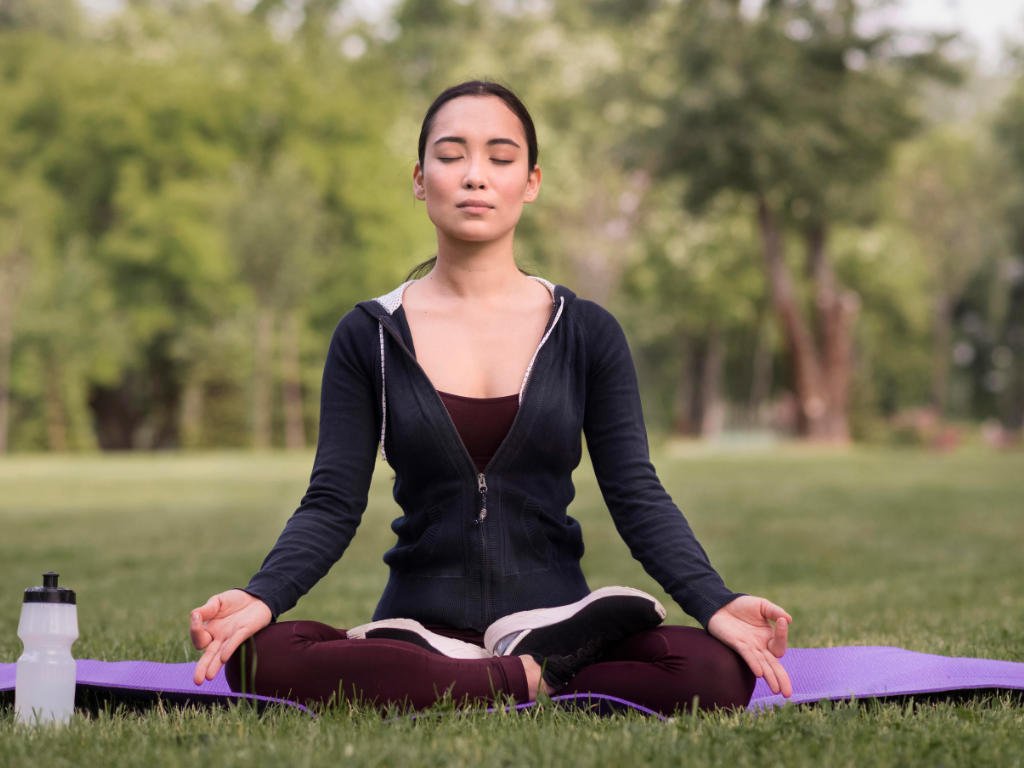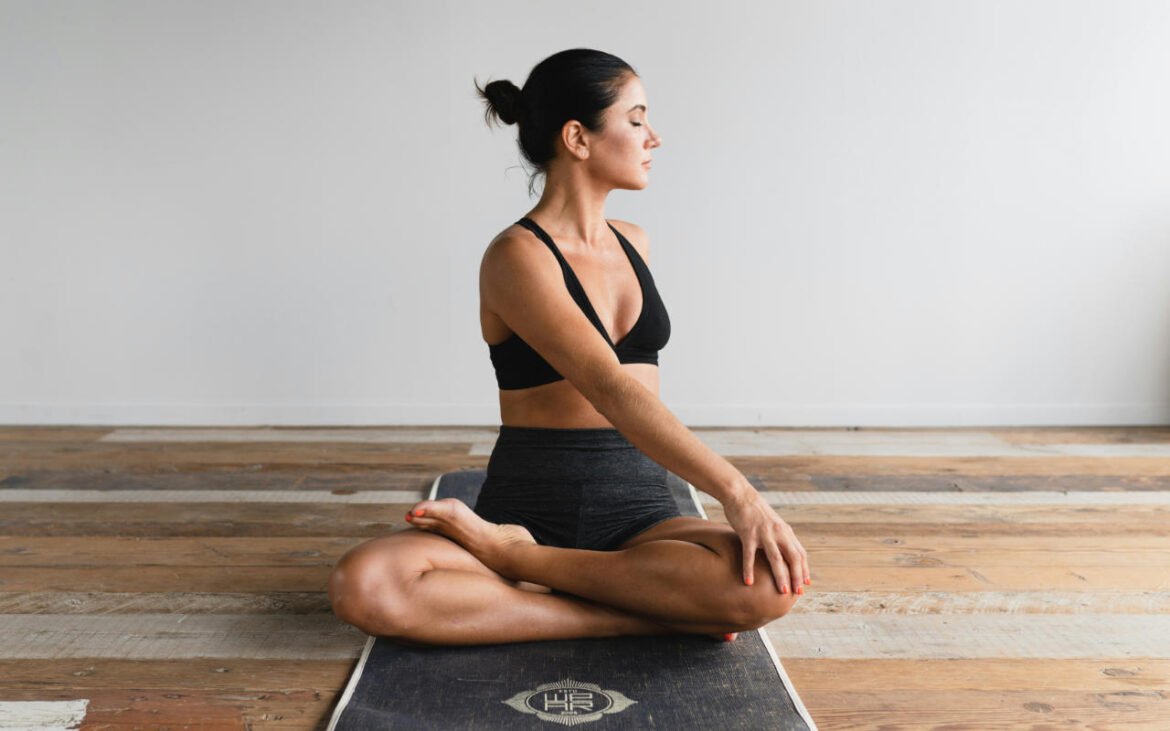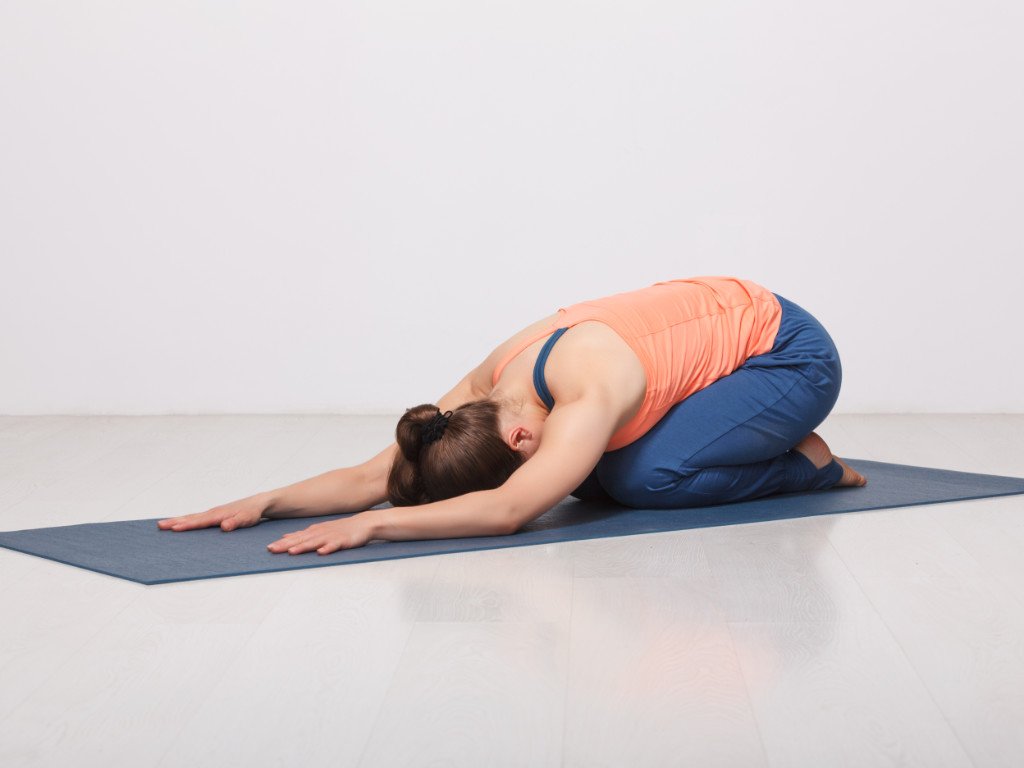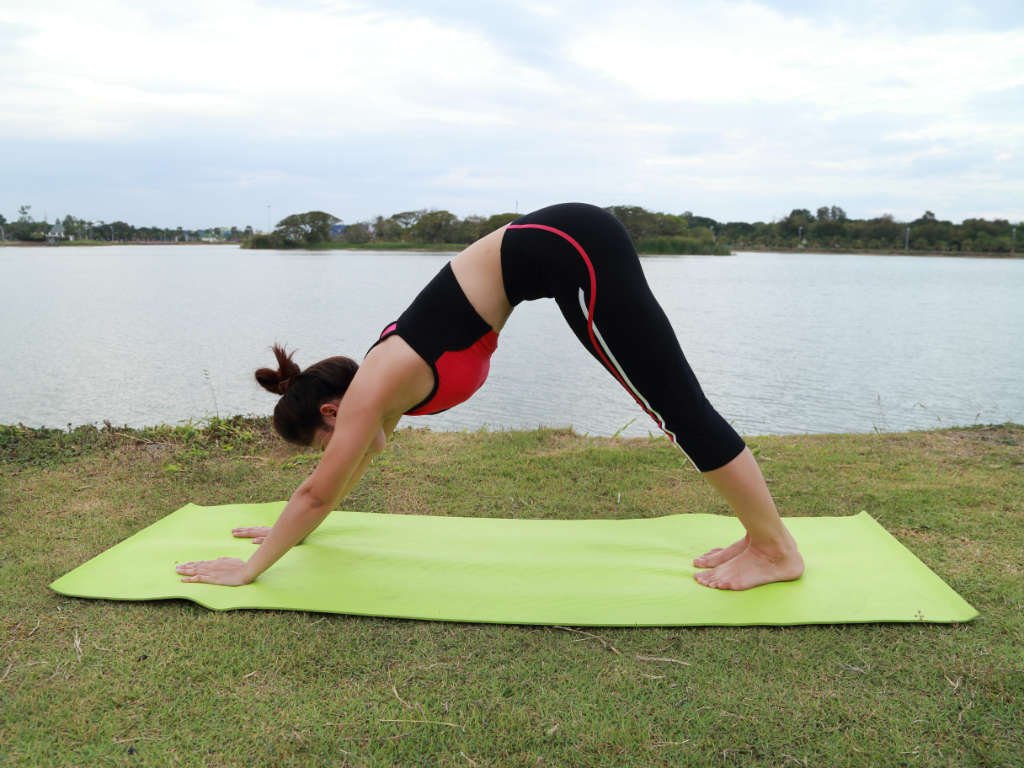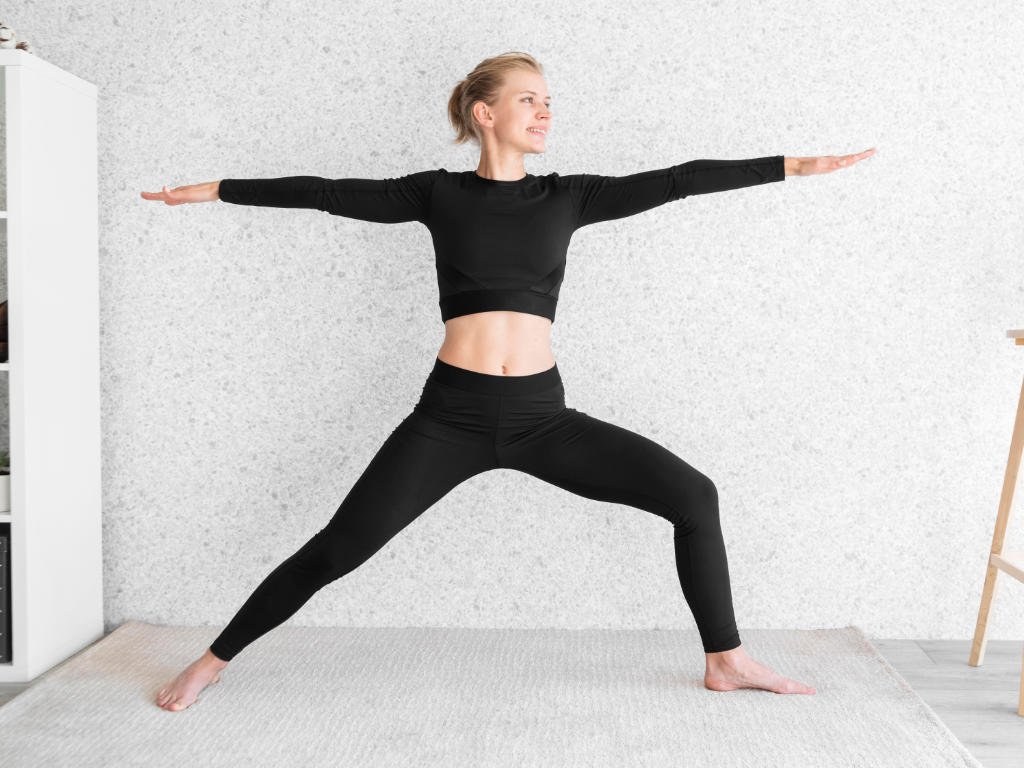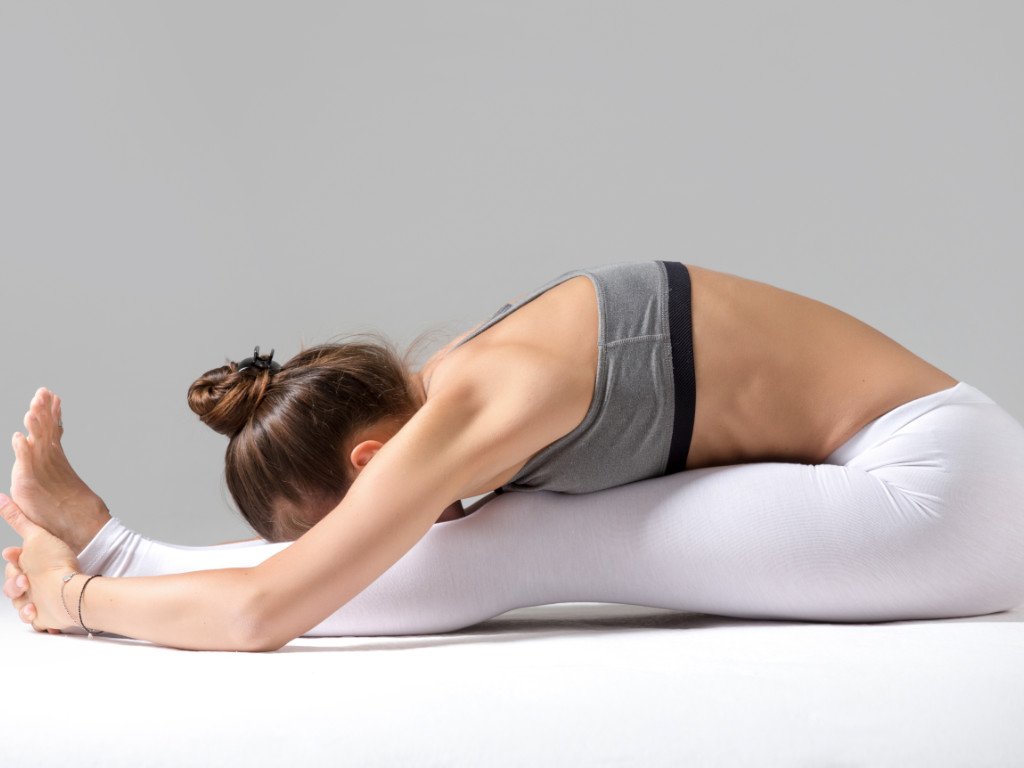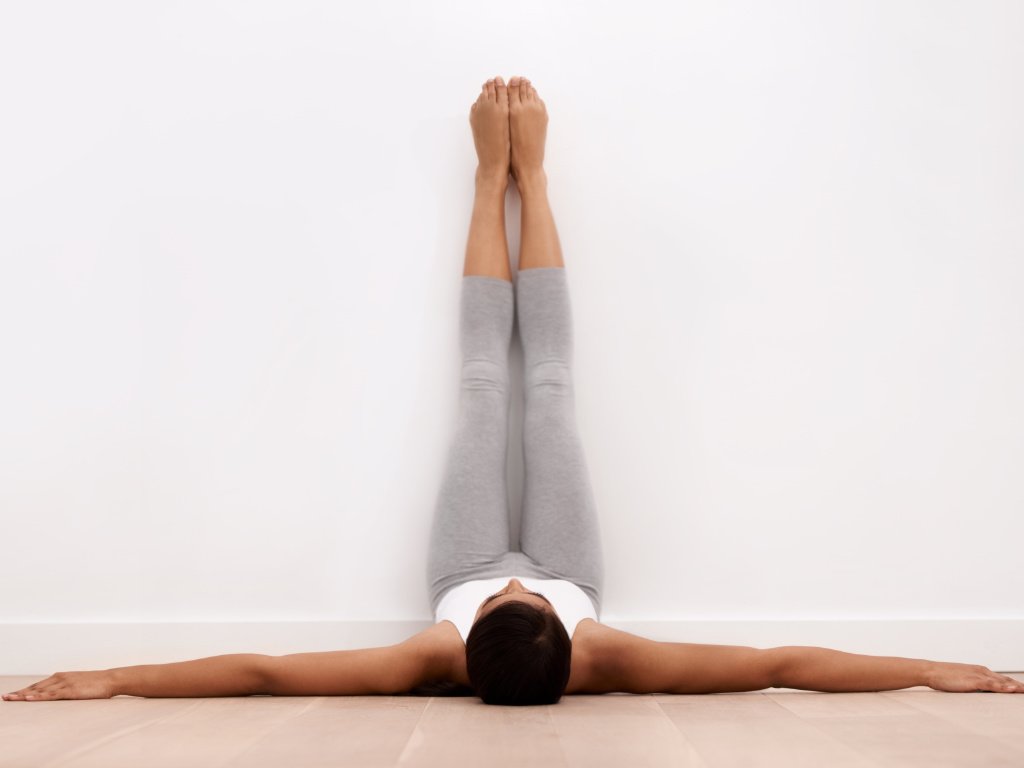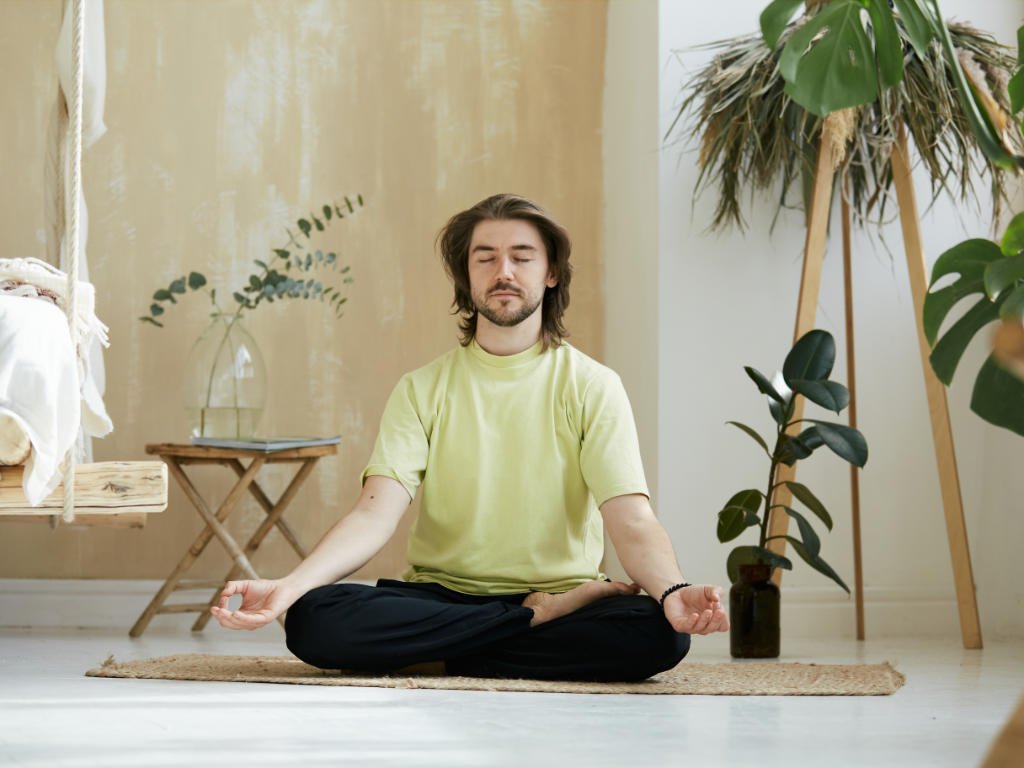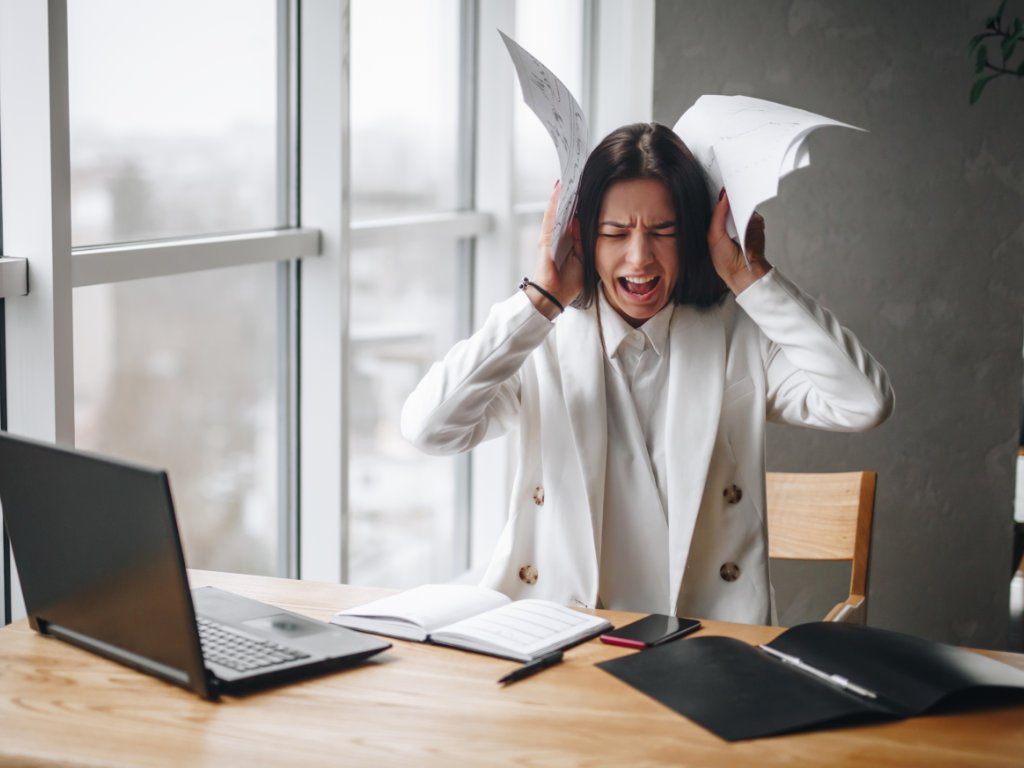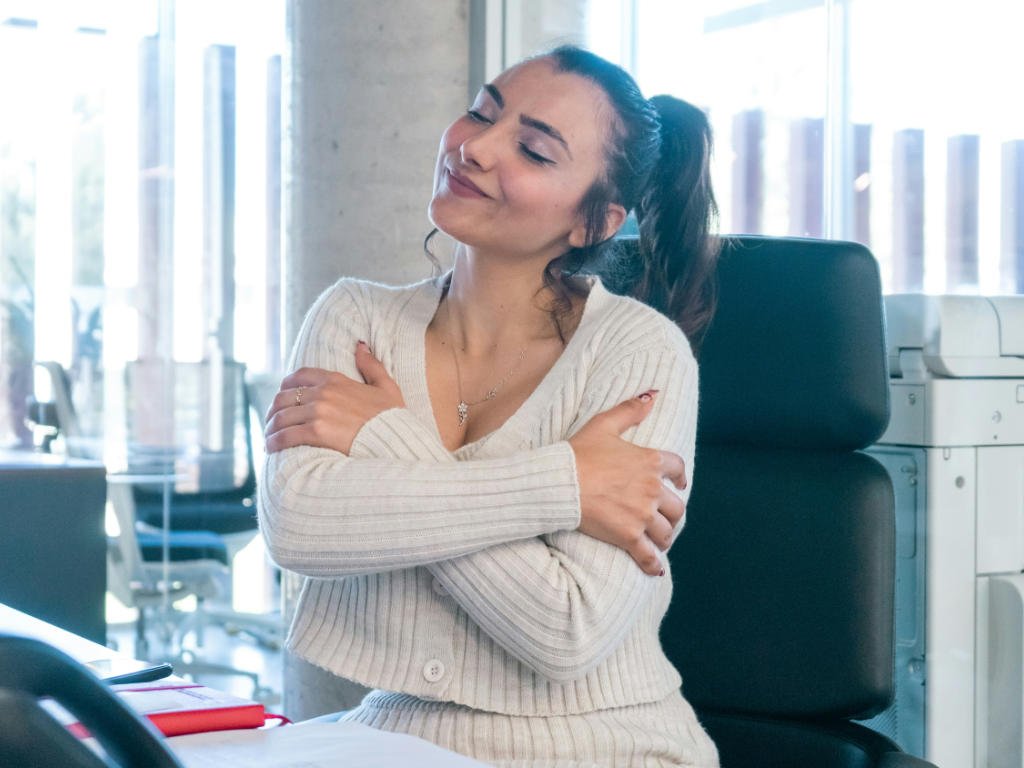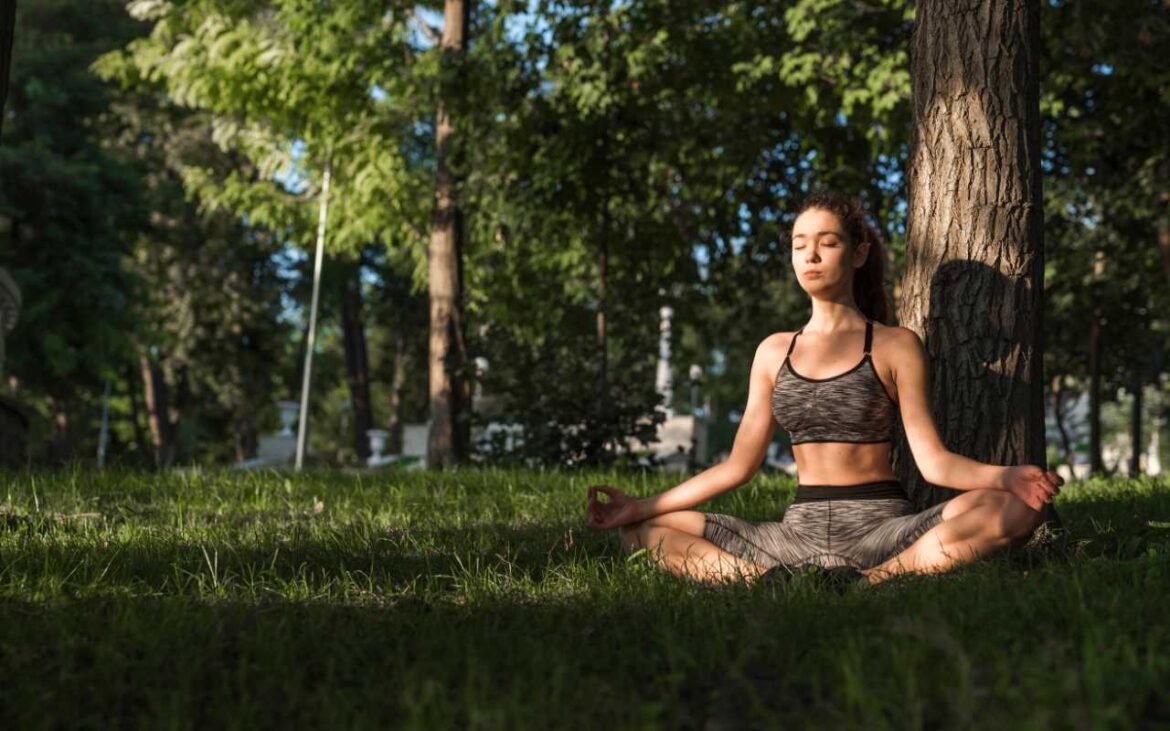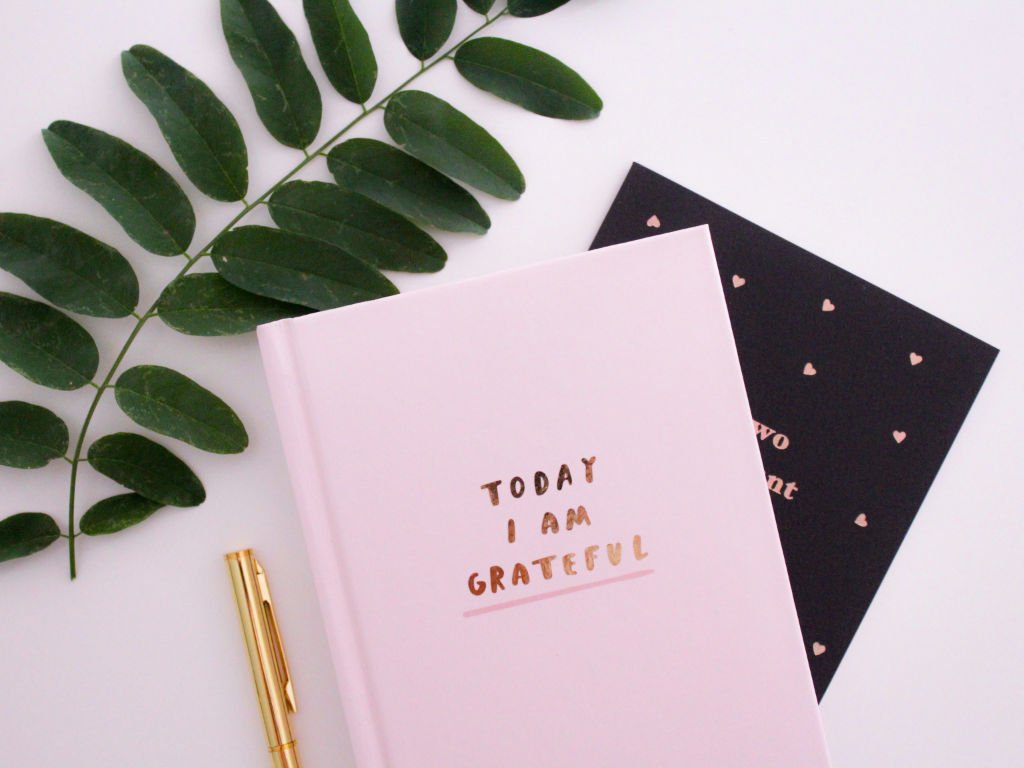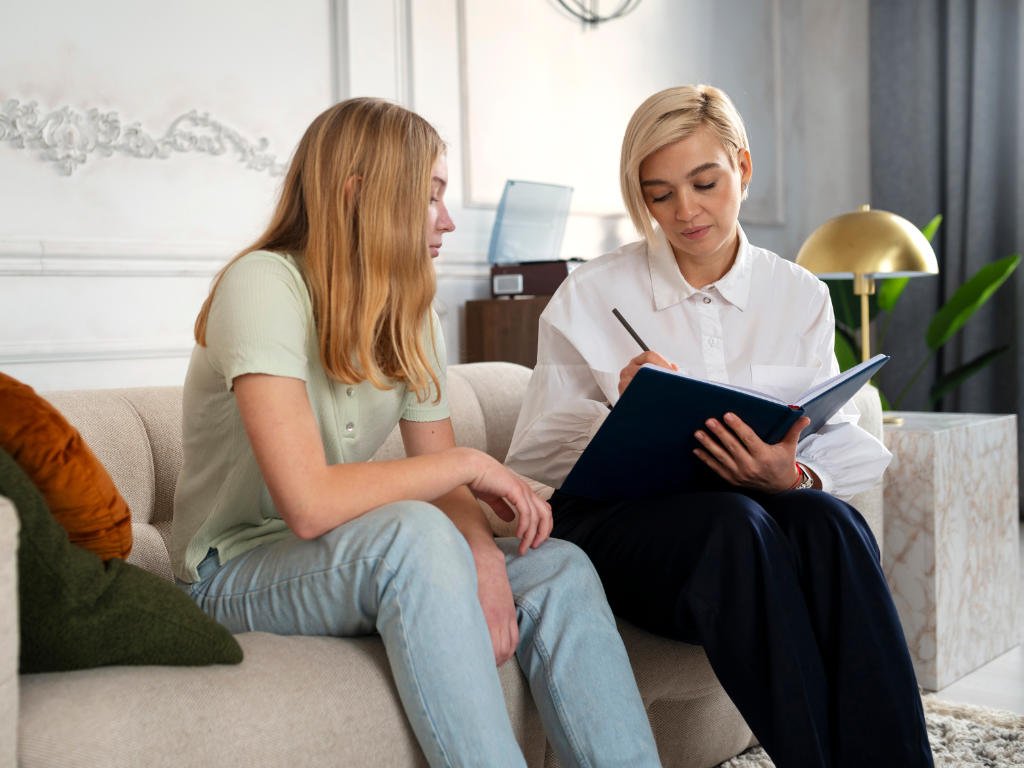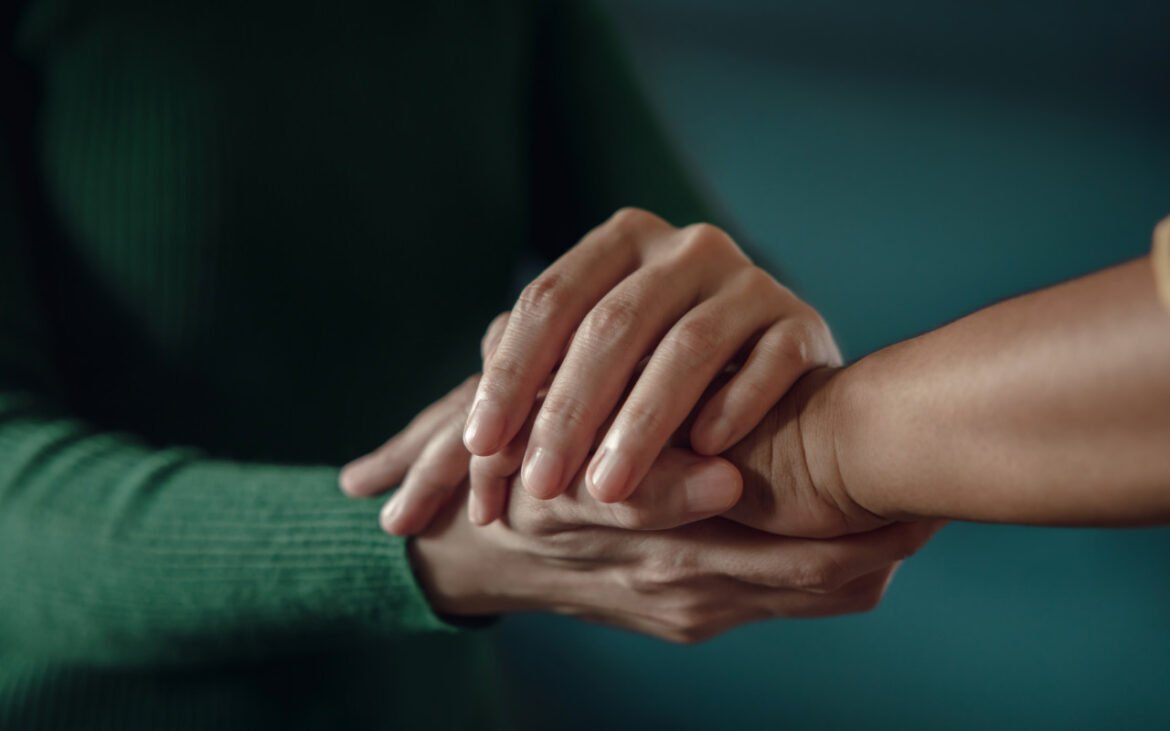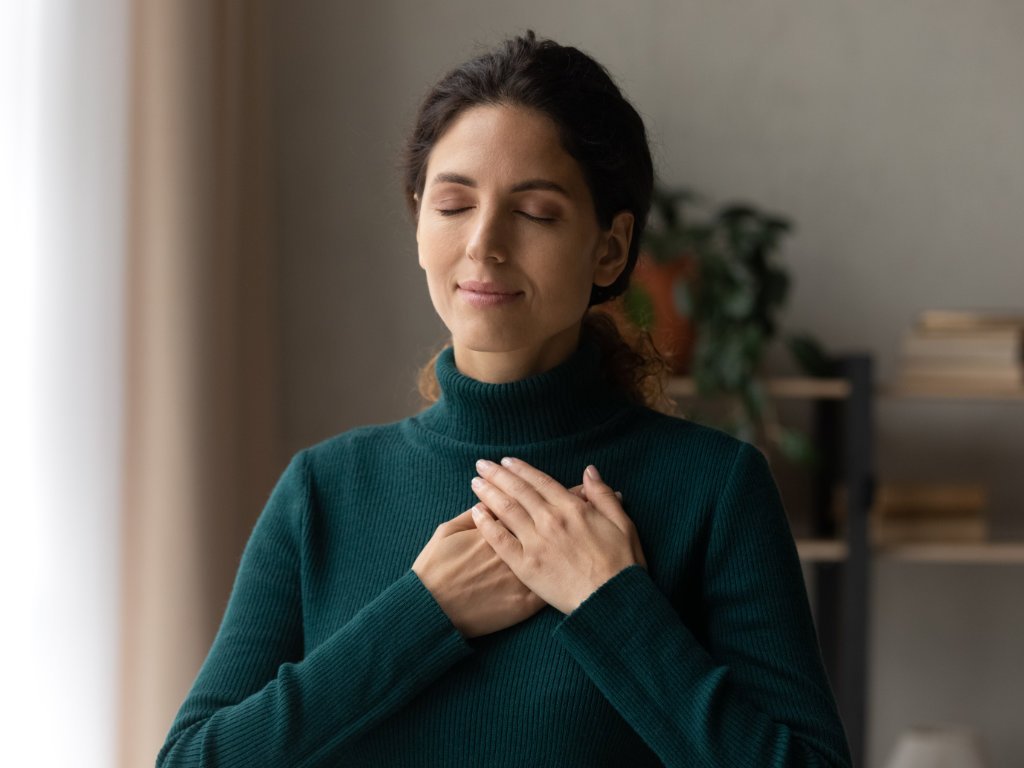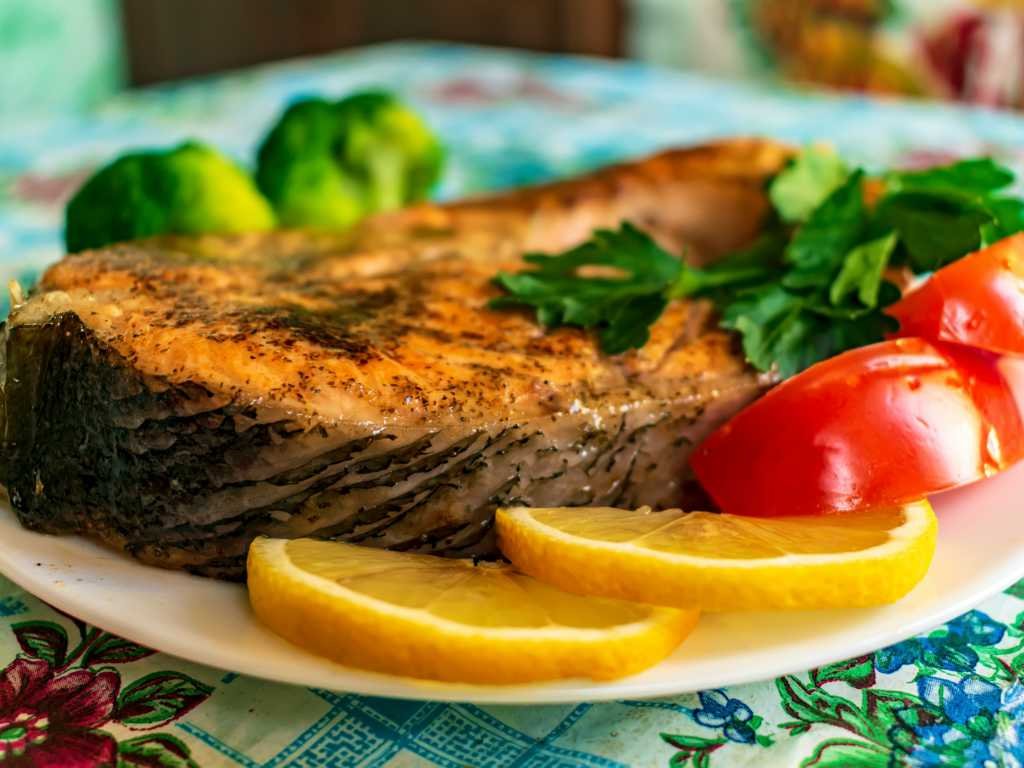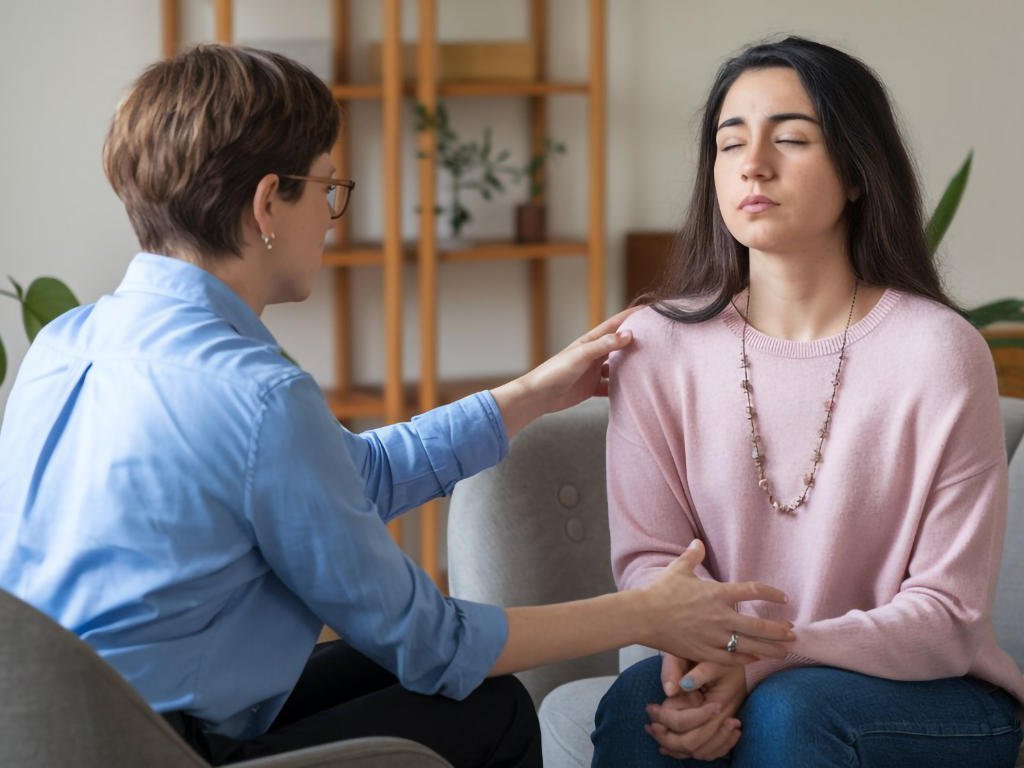Mental and emotional wellness are foundational to a fulfilling life, influencing how we think, feel, and interact with others. Cultivating resilience, practicing mindfulness, and nurturing positive relationships can enhance our ability to navigate life’s challenges. Engaging in activities like journaling, meditation, and self-reflection fosters emotional balance and mental clarity. At NutraBalanceLife, we provide insights and resources to support your journey toward holistic well-being, empowering you to thrive both mentally and emotionally.
Have you ever noticed how a simple downward dog pose can somehow make your racing thoughts slow down? Or how a few minutes in child’s pose can transform your entire mood after a stressful day? There’s something almost magical about the way yoga for mental health works – and science is finally catching up to what yogis have known for centuries.
We’re living in times where anxiety feels like the new normal, and our minds are constantly juggling a million different things. Between work deadlines, family responsibilities, and the endless scroll of social media, finding mental peace seems harder than ever. But here’s the thing: yoga isn’t just about getting flexible or building strength. It’s becoming one of the most powerful tools we have for supporting our psychological well-being.
Research shows that regular yoga practice can literally rewire our brains for better mental health. Studies have found that yoga increases GABA levels by 27% – that’s a neurotransmitter that helps reduce anxiety and improve mood. Pretty incredible, right? But what makes this even more exciting is that you don’t need to be a yoga expert to start seeing these benefits.
How Does Yoga Contribute to Mental Wellness?
Let’s dive into the fascinating world of how mental wellness through yoga actually works. When we practice yoga, we’re not just moving our bodies – we’re actively calming our nervous system and teaching our brains how to better handle stress.
The magic happens in something called the autonomic nervous system and the HPA (hypothalamic-pituitary-adrenal) axis. Sounds complicated, but it’s basically your body’s stress response system. When we’re stressed, this system goes into overdrive. Yoga helps regulate these systems, bringing them back into balance.
Studies from Harvard Health show that practicing yoga can result in thicker regions of the brain linked to memory and attention. This means that not only are we feeling better in the moment, but we’re potentially slowing age-related cognitive decline too. It’s like giving your brain a daily vitamin!
What really gets me excited about this research is how accessible these benefits are. You don’t need to practice for years to see results. Even short, regular sessions can foster emotional regulation, resilience, and an improved overall sense of well-being. The key is consistency rather than perfection.
Your body releases endorphins and other feel-good chemicals during yoga practice, similar to what happens during other forms of exercise. But yoga has an added bonus – the mindfulness component amplifies these effects. When you’re focusing on your breath and being present in each pose, you’re essentially training your mind to be more resilient to stress.
What Are the Best Stress-Relief Poses?
Now, let’s talk about the real game-changers – those stress-relief poses that can literally melt tension away from your body and mind. These aren’t just random stretches; they’re specifically designed postures that target your body’s stress response systems.
Child’s Pose (Balasana) is probably the most instantly calming pose in yoga. When you kneel down, sit back on your heels, and stretch your arms forward while resting your forehead on the mat, something beautiful happens. Your nervous system gets the message that it’s safe to relax. Focus on slow, deep breaths here – it’s like hitting the reset button for your mind.
I love Forward Bend (Uttanasana) because it’s so simple yet so effective. Standing and hanging forward with your hands reaching toward the floor might look basic, but it’s incredibly powerful for releasing tension. The gentle inversion increases blood flow to your brain while the forward fold naturally calms your nervous system.
Downward Dog (Adho Mukha Svanasana) is another fantastic stress-buster. When you spread your hands on the mat, press down, and lift your hips up and back, you’re creating a gentle inversion that lengthens your spine and calms your entire system. This pose is particularly great because it combines the benefits of an inversion with a full-body stretch.
One of my absolute favorite poses for instant calm is Legs-Up-the-Wall (Viparita Karani). Just lie on your back with your legs extended up against a wall, and let gravity do its work. This pose enhances circulation and induces tranquility like nothing else. It’s perfect for those moments when anxiety feels overwhelming.
And we can’t forget Corpse Pose (Savasana) – the final relaxation that caps off most yoga sessions. Lying on your back, letting your whole body relax while focusing on your breath, this is where the magic really happens. It’s in this stillness that your nervous system fully engages its rest and digest mode.

For each of these poses, the key is slow, steady breathing. Hold each posture for 1-5 minutes, focusing on the sensations in your body and allowing yourself to truly relax. Don’t worry about being perfect – just be present.
How Do Meditation and Yoga Work Together?
The relationship between meditation and yoga is like peanut butter and jelly – they’re great separately, but absolutely amazing together. When you combine the physical practice of yoga with meditation, you’re amplifying the benefits for mental clarity and emotional balance exponentially.
Traditional yoga actually includes meditation as one of its core components. Those physical poses we do? They were originally designed to prepare the body for meditation by releasing tension and creating stillness. So when we add mindful awareness to our physical practice, we’re really just returning to yoga’s roots.
The science behind this combination is pretty fascinating. When you practice physical yoga poses while maintaining meditative awareness, you activate what’s called the relaxation response. This physiological state directly counteracts stress and supports cognitive functioning. Your heart rate slows, your breathing deepens, and your mind becomes clearer.
Simple meditative practices can be seamlessly integrated into your yoga routine. Try adding mindful breathing during your poses – really focusing on each inhale and exhale. Or incorporate a body scan meditation during Savasana, slowly moving your attention through each part of your body.
One technique I particularly love is setting an intention at the beginning of your practice. This could be something like “I am releasing tension” or “I am cultivating peace.” Having this focal point transforms your physical practice into a moving meditation.
After restorative poses like Child’s Pose or during seated postures, you can add guided meditation or simple breath awareness. Even just three minutes of focused breathing can significantly enhance the mental health benefits of your yoga session.
For those interested in deepening their meditation practice, consider exploring our guide on meditation techniques for mental peace which complements yoga beautifully.
What Poses Support Emotional Balance?
Emotional balance yoga is all about cultivating stability in mood and building resilience to life’s inevitable ups and downs. When our emotions feel like a rollercoaster, specific yoga poses can help us find our center and develop the inner strength to navigate challenges with grace.
Tree Pose (Vrikshasana) is absolutely magical for emotional grounding. Standing on one foot while placing the other against your inner thigh, with hands together at your heart center, this pose demands focus and presence. There’s something profoundly centering about finding your balance while rooted like a tree. It’s a beautiful metaphor for staying grounded even when life gets wobbly.
Warrior II (Virabhadrasana II) is my go-to pose for building confidence and inner strength. Standing with legs wide, bending your front knee, and stretching your arms outward, this pose literally embodies power and determination. When you hold this pose, you’re not just building physical strength – you’re cultivating emotional resilience and self-confidence.
Research consistently shows that practitioners experience increased self-esteem and a subjective sense of empowerment after regular yoga practice. There’s something about moving your body mindfully that translates into feeling more capable and confident in other areas of life.
I’ve heard countless stories from students about how their yoga practice helped them navigate difficult times. One student shared how practicing Tree Pose every morning helped her feel more stable during her divorce proceedings. Another found that Warrior II gave her the confidence to speak up in work meetings. These aren’t coincidences – they’re the natural result of yoga’s ability to build emotional resilience.
Even brief sessions can make a difference. Studies show that even just 2 minutes of standing yoga poses can enhance self-esteem and energy levels. Imagine what a regular practice could do!
Heart-opening poses like Camel Pose or simple backbends can also support emotional balance by counteracting the effects of stress and depression. When we open our chests and hearts, we’re literally and figuratively opening ourselves to more positive emotions.
How Can Yoga Improve Mental Clarity?
In our information-overloaded world, mental clarity yoga has become more important than ever. That foggy, scattered feeling we sometimes get? Yoga can be incredibly effective at cutting through that mental haze and sharpening our focus.
The connection between physical movement and mental clarity is well-established in neuroscience research. When we coordinate movement with mindful breathing, we activate brain regions responsible for attention and executive function. This supports sharper memory, better decision-making, and clearer thinking overall.
Downward Dog deserves another mention here because it’s particularly effective for mental clarity. The gentle inversion stimulates blood flow to the brain, literally feeding your neurons with fresh oxygen and nutrients. Many students tell me they feel noticeably sharper after holding this pose for a few minutes.
Seated Forward Bend (Paschimottanasana) is another clarity-boosting pose. As you fold forward, stretching your spine and calming your nervous system, you’re creating space for clearer thinking. This pose is particularly effective when you’re feeling mentally overwhelmed or scattered.
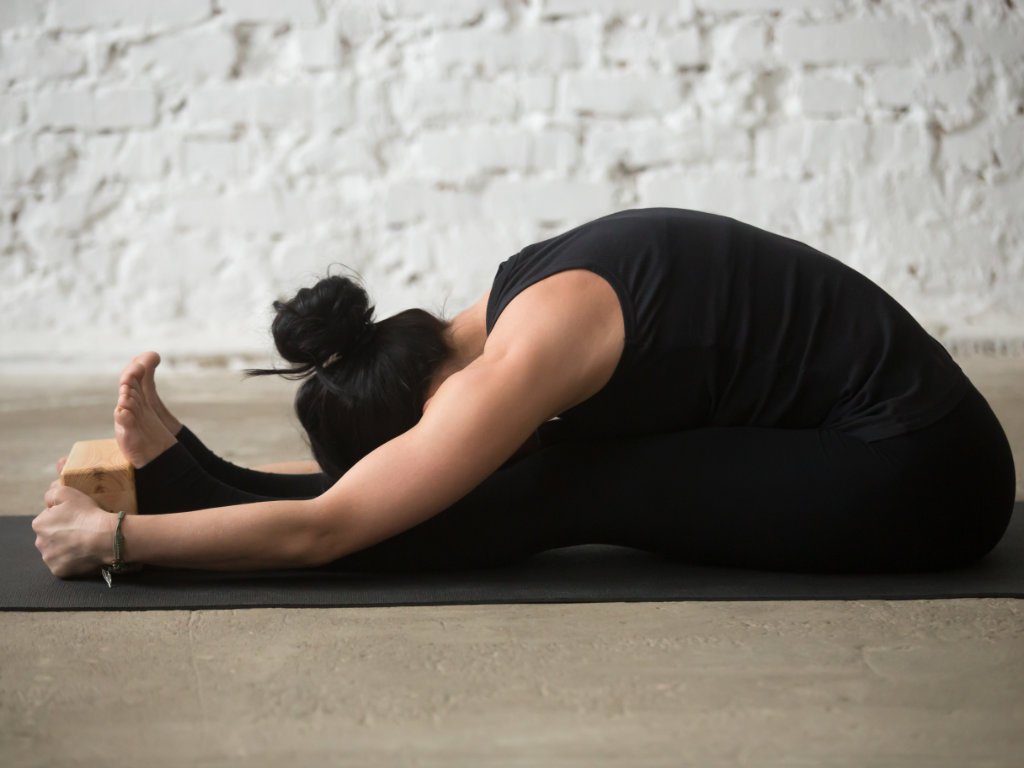
Standing poses in general are excellent for mental clarity because they require focus and presence. When you’re working on balance and alignment, your mind naturally becomes more focused and less scattered.
For a truly focused practice, create the right environment. Practice in a quiet space, minimize distractions (yes, that means putting your phone in another room), and set a clear intention for mental clarity before beginning your session. This preparation helps your mind know it’s time to focus.
The breath is crucial for mental clarity too. Try incorporating specific breathing techniques like alternate nostril breathing or simply focusing on making your exhales longer than your inhales. These practices directly impact your nervous system and can significantly enhance mental sharpness.
If you’re looking to support your mental clarity beyond yoga, consider reading about foods for mental clarity and herbal teas for focus which can complement your practice beautifully.
How Often Should You Practice Yoga for Mental Health Benefits?
This is probably one of the most common questions I get, and the answer might surprise you. You don’t need to practice for hours every day to see significant mental health benefits. Consistency trumps duration every single time.
Research shows that even 10-15 minutes of daily yoga can produce measurable improvements in mood, anxiety levels, and stress resilience. The key is making it a regular habit rather than trying to achieve perfection. Three times a week is a great starting point, but even once or twice weekly can make a difference.
What matters more than frequency is the quality of your practice. A mindful 10-minute session where you’re fully present will be more beneficial than a distracted 60-minute class where your mind is elsewhere. Focus on creating a sustainable routine that fits your lifestyle.
Morning practice tends to be particularly beneficial for mental health because it sets a positive tone for the entire day. Even 5-10 minutes of gentle stretching and breathing in the morning can significantly impact how you handle stress throughout the day.
Evening practice, on the other hand, is excellent for processing the day’s stress and preparing for restful sleep. Restorative poses in the evening can help you transition from the busyness of the day into a peaceful night.
What Are the Scientific Benefits of Yoga for Mental Health?
The scientific evidence supporting yoga for mental health is pretty remarkable. Studies published in frontiers in psychology demonstrate that yoga can be as effective as some medications for treating mild to moderate depression and anxiety. That’s not to say you should replace medical treatment with yoga, but it shows just how powerful this practice can be.
One particularly interesting study found that yoga practitioners had significantly higher levels of GABA, a neurotransmitter that promotes relaxation and reduces anxiety, compared to people who did other forms of exercise. This suggests there’s something unique about yoga’s combination of movement, breath, and mindfulness that specifically benefits mental health.
Brain imaging studies show that regular yoga practice increases the thickness of the prefrontal cortex – the area responsible for executive function and emotional regulation. It also increases the size of the hippocampus, which is crucial for memory and learning, while reducing the size of the amygdala, which processes fear and stress.
The anti-inflammatory effects of yoga are also worth noting. Chronic inflammation is linked to depression and anxiety, and studies show that regular yoga practice significantly reduces inflammatory markers in the blood. This provides a biological mechanism for how yoga supports mental wellness.
Research from Stanford’s Longevity Center shows that yoga affects both the brain and body to reduce stress more effectively than many other interventions. The practice literally rewires neural pathways, making us more resilient to future stressors.
How to Create a Mental Health-Focused Yoga Practice
Creating your own mental health-focused yoga practice doesn’t require expert knowledge – just a willingness to listen to your body and be consistent. Start by identifying what mental health challenges you’d most like to address. Are you dealing with anxiety? Depression? Stress? Mental fog? Different issues respond better to different approaches.
For anxiety, focus on grounding poses like Child’s Pose, forward folds, and restorative positions. These poses activate your parasympathetic nervous system and send signals to your brain that it’s safe to relax. Include plenty of breath work, particularly extending your exhales longer than your inhales.
If you’re dealing with depression, energizing poses like backbends, standing poses, and gentle inversions can be incredibly helpful. These poses can help lift your mood and energy levels. Sun salutations are particularly effective because they combine movement with breath and create a sense of accomplishment.
For stress relief, create a practice that includes both active poses to release tension and restorative poses to deeply relax. Start with some gentle movement to work out physical stress, then transition to more passive poses for mental relaxation.
Always end your practice with Savasana or another form of final relaxation. This is crucial for allowing your nervous system to integrate the benefits of your practice. Don’t skip this part – it’s where much of the mental health magic happens.
Consider keeping a simple journal of how you feel before and after your practice. This can help you track your progress and notice patterns about what works best for your mental health.
For additional support, you might also explore natural remedies for anxiety and stress management techniques that can complement your yoga practice.
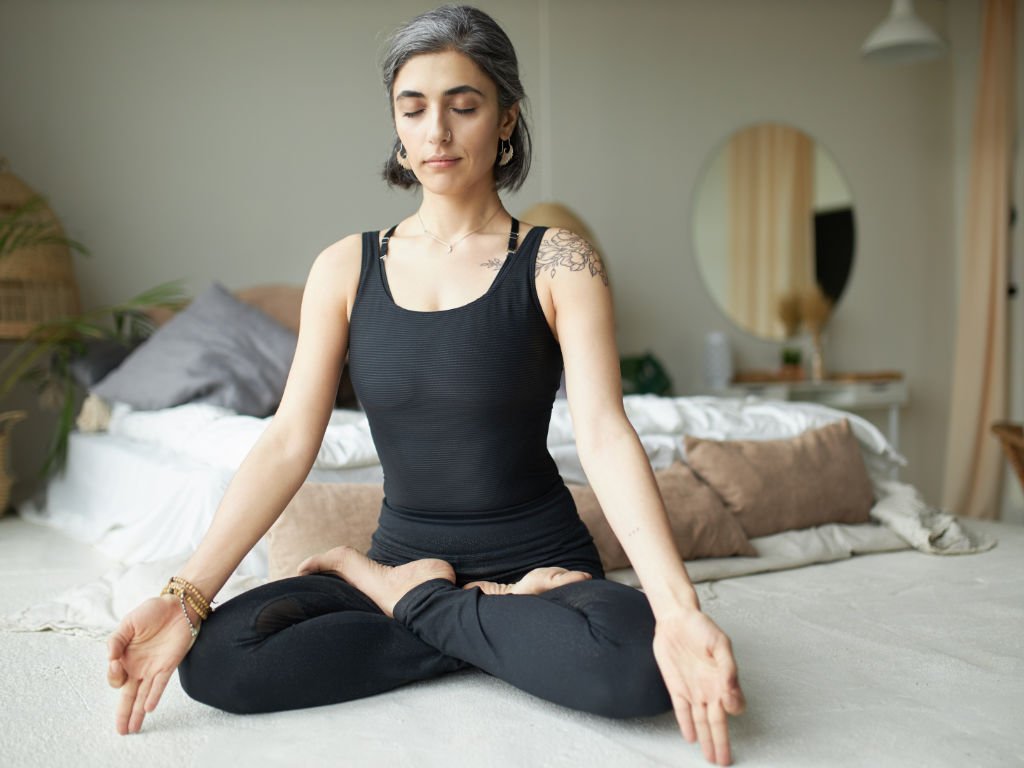
Common Challenges and How to Overcome Them
Let’s be real – starting a yoga practice for mental health isn’t always easy. Many people face obstacles that can derail their efforts before they really get started. The good news is that most of these challenges are completely normal and have simple solutions.
“I don’t have time” is probably the most common excuse I hear. But here’s the thing – you don’t need a lot of time. Even 5 minutes can make a difference. Try practicing first thing in the morning before you check your phone, or do a few poses before bed. Quality over quantity, always.
“I’m not flexible enough” is another common concern. Yoga isn’t about being flexible – it’s about becoming more flexible, both physically and mentally. Start where you are, and your flexibility will naturally improve with practice. Use props like blocks, straps, and bolsters to make poses accessible.
“I can’t quiet my mind” is actually not a problem – it’s perfectly normal! The goal isn’t to have a completely quiet mind. It’s to notice when your mind wanders and gently bring your attention back to your breath or the present moment. This is the practice, not the failure.
Some people worry about “doing it wrong.” Remember, there’s no perfect way to do yoga. If you’re breathing and being mindful, you’re doing it right. Listen to your body, modify as needed, and be patient with yourself.
Consistency challenges are real. Life gets busy, motivation wanes, and sometimes we just don’t feel like practicing. This is when having a very simple backup plan helps. Even if you only do Child’s Pose for two minutes, that’s still yoga. Something is always better than nothing.
FAQs About Yoga for Mental Health
How quickly can I expect to see mental health benefits from yoga?
Many people notice some immediate benefits after just one session – feeling more relaxed, less stressed, or more centered. However, the deeper mental health benefits typically develop over 2-4 weeks of regular practice. Brain changes from consistent yoga practice can be measured after 8-12 weeks.
Can yoga replace therapy or medication for mental health issues?
While yoga can be incredibly beneficial for mental health, it shouldn’t replace professional treatment for serious mental health conditions. Yoga works best as a complementary practice alongside proper medical care and therapy when needed.
What style of yoga is best for mental health?
Gentler, slower-paced styles like Hatha, Yin, or Restorative yoga tend to be most beneficial for mental health, especially for anxiety and stress. However, some people find that more active styles like Vinyasa help with depression by boosting energy levels.
Is it normal to feel emotional during or after yoga practice?
Absolutely! Yoga can release stored tension and emotions, so feeling emotional during or after practice is completely normal. This is often a sign that the practice is working and helping you process stress and emotions.
How long should I hold poses for mental health benefits?
For stress relief and relaxation, holding poses for 30 seconds to 5 minutes can be beneficial. For more restorative poses, you might stay in them for 5-15 minutes. Listen to your body and stay as long as feels comfortable and beneficial.
Can I practice yoga for mental health if I have physical limitations?
Yes! Yoga can be modified for almost any physical limitation. Chair yoga, gentle stretching, and breath work can all provide mental health benefits. Consult with a qualified instructor who can help you modify poses safely.
Building Long-term Habits for Mental Wellness
The real magic of yoga for mental health happens when it becomes a regular part of your life. Building sustainable habits is more important than having perfect practice sessions. Start small and gradually build your practice as it becomes more natural.
Consider linking your yoga practice to an existing habit. Maybe do a few poses after your morning coffee or practice gentle stretches before bed. This “habit stacking” makes it much easier to maintain consistency.
Track your practice and your mood. You don’t need anything fancy – just a simple note in your phone about how you felt before and after practice can be incredibly motivating. Seeing the positive patterns emerge reinforces the value of your practice.
Find ways to bring yoga principles into your daily life beyond the mat. Practice mindful breathing during stressful moments, take conscious pauses throughout your day, or use yoga’s focus on presence during routine activities.
Connect with others who share your interest in yoga and mental wellness. Whether it’s a local class, online community, or even just one friend who practices, having support makes a huge difference in maintaining long-term habits.
Remember that your practice will evolve over time, and that’s perfectly okay. What you need for your mental health might change based on your life circumstances, stress levels, and personal growth. Stay curious and open to adapting your practice as needed.
For those interested in a more holistic approach to wellness, consider exploring emotional wellness strategies and mental health strategies that can support your yoga practice.
Adopting these yoga poses and principles can yield measurable improvements in mental health, including reductions in anxiety and depression, greater emotional stability, and enhanced cognitive performance. The beauty of yoga is that it meets you wherever you are and grows with you as you develop your practice.
Whether you’re dealing with stress, anxiety, depression, or just want to support your overall mental wellness, yoga offers a gentle yet powerful path forward. Start small, be consistent, and most importantly, be patient with yourself. Your mental health is worth the investment, and yoga provides tools that you can use for the rest of your life.
“Yoga is the journey of the self, through the self, to the self.” – The Bhagavad Gita
Ready to start your journey with yoga for mental health? Begin with just one or two poses that resonate with you, practice them regularly for a week, and notice how you feel. Share your experiences in the comments below – your story might inspire someone else to take that first step toward better mental wellness.


